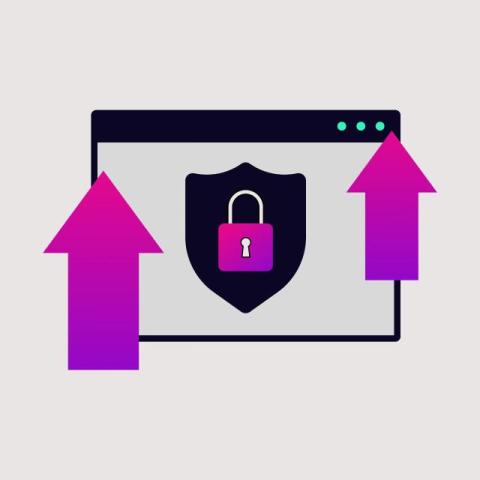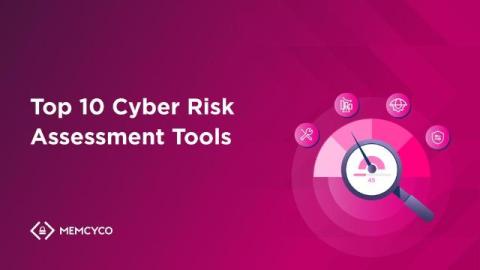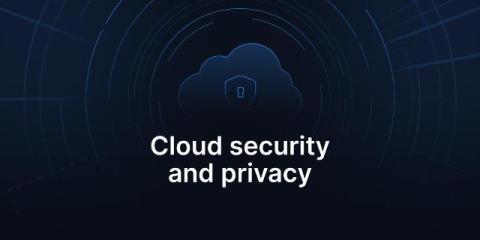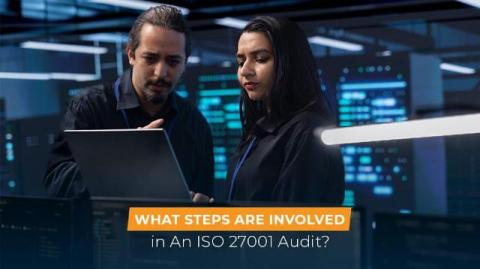Elevate Your Security Strategy with Effective Vulnerability Prioritization
Vulnerability prioritization is essential for organizations to efficiently allocate resources, reduce risk, and protect critical assets. However, with an increasing number of vulnerability scanning tools in use, security teams face a growing backlog of findings. This overwhelming volume of data can lead to analysis paralysis, where critical vulnerabilities remain unaddressed while minor issues consume valuable time and resources.











